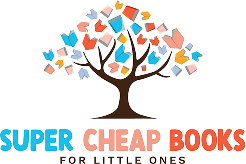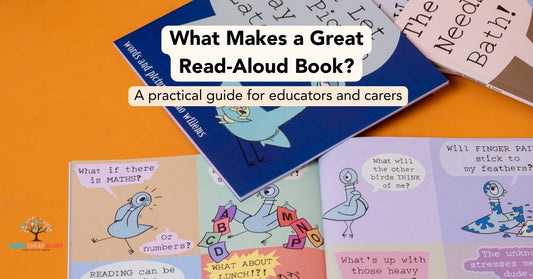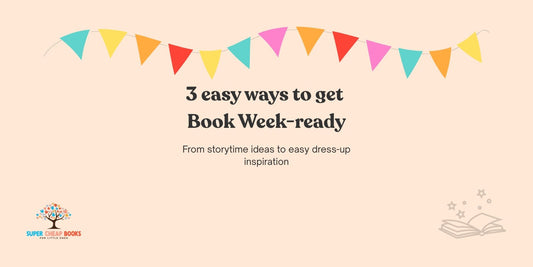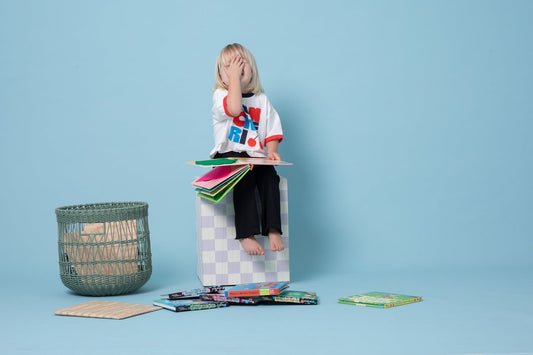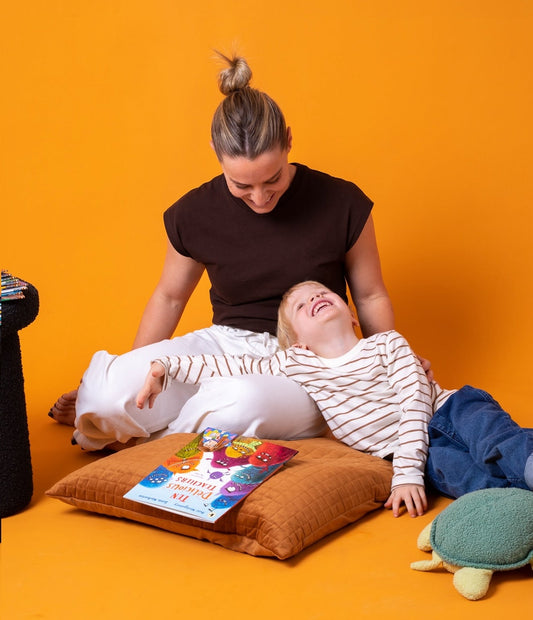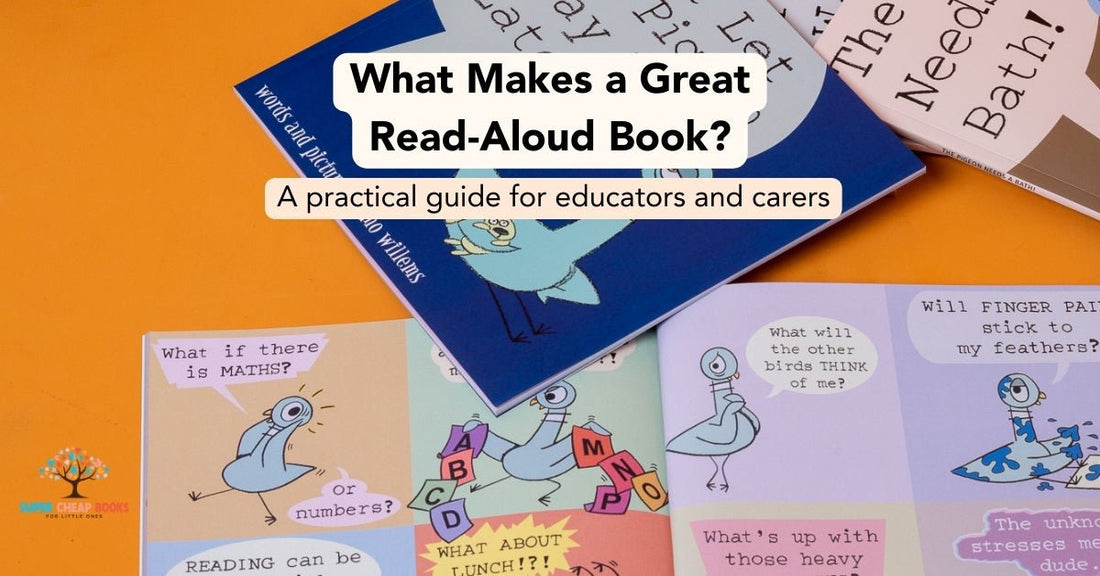
Reading aloud is one of the most powerful things we can do with young children.
It builds vocabulary, boosts brain development, nurtures connection — and best of all, it’s something that fits easily into the everyday. But when you’re reading aloud to a group of wiggly preschoolers or sharing a story one-on-one, some books just work better than others.
So how do you choose a read-aloud that really hits the mark?
Here’s what makes a great read-aloud book for children aged 0–6 — especially in early childhood centres, kindergartens, or at home with little ones.
1. Look for rhythm and repetition
Children love stories they can hear and feel. Books with rhythm, rhyme, or repeating patterns are easier to follow and more fun to join in with.
💡 Try:
-
We’re Going on a Bear Hunt by Michael Rosen & Helen Oxenbury
-
Magic Beach by Alison Lester
-
Ten Delicious Teachers by Ross Montgomery & Sarah Warburton
These kinds of stories help children anticipate what’s coming next, build memory, and practise language in a playful way.
2. Keep it short and engaging
Great read-alouds don’t need to be long. In group settings especially, it’s all about maintaining attention and finishing strong.
Look for books with:
-
A clear beginning, middle, and end
-
Enough action to keep it moving
-
Just the right length for a 5–10 minute session
Even stories with minimal text can be incredibly effective when paired with great visuals and group interaction.
3. Big emotions, simple language
Some of the most powerful stories use simple words to tap into big feelings. Whether it’s bravery, kindness, silliness or sadness, the best books reflect children’s real experiences.
Books like:
-
Self Belief by Zanni Louise (belonging)
-
Bedtime Stories for Hard Days by Scott Stuart (gratitude and reflection)
-
All About Feelings by Felicity Brooks & Frankie Allen (naming emotions)
Let children explore their world in a way that feels safe, familiar, and fun.
4. Choose books with strong visuals
For younger children or group read-alouds, illustrations matter as much as words. Expressive, clear images help support comprehension and spark conversation.
Books like The Thank You Dish by Trace Balla or That’s Not a Daffodil! by Elizabeth Honey use visuals that invite children to explore, predict, and connect.
5. Pick stories that invite interaction
Look for books that encourage movement, sound effects, or simple questions. Some books even double as a game — like:
-
Maisy Goes to the Dentist by Lucy Cousins
-
The Pigeon Has to Go to School by Mo Willems
Interactive books turn reading time into a shared experience — not just a listening one.
Final thoughts: Keep it simple, joyful and real
There’s no one-size-fits-all answer when it comes to read-alouds. What matters most is choosing books that spark curiosity, feel good to read aloud, and give children something to hold onto — whether that’s a rhyme, a laugh, or a moment of calm.
Looking for new favourites?
At Super Cheap Books, we curate book packs with tried-and-true read-alouds that educators love. Whether you’re building a classroom library or freshening up your storytime shelf, we’ve got bundles from just $3 a book.
